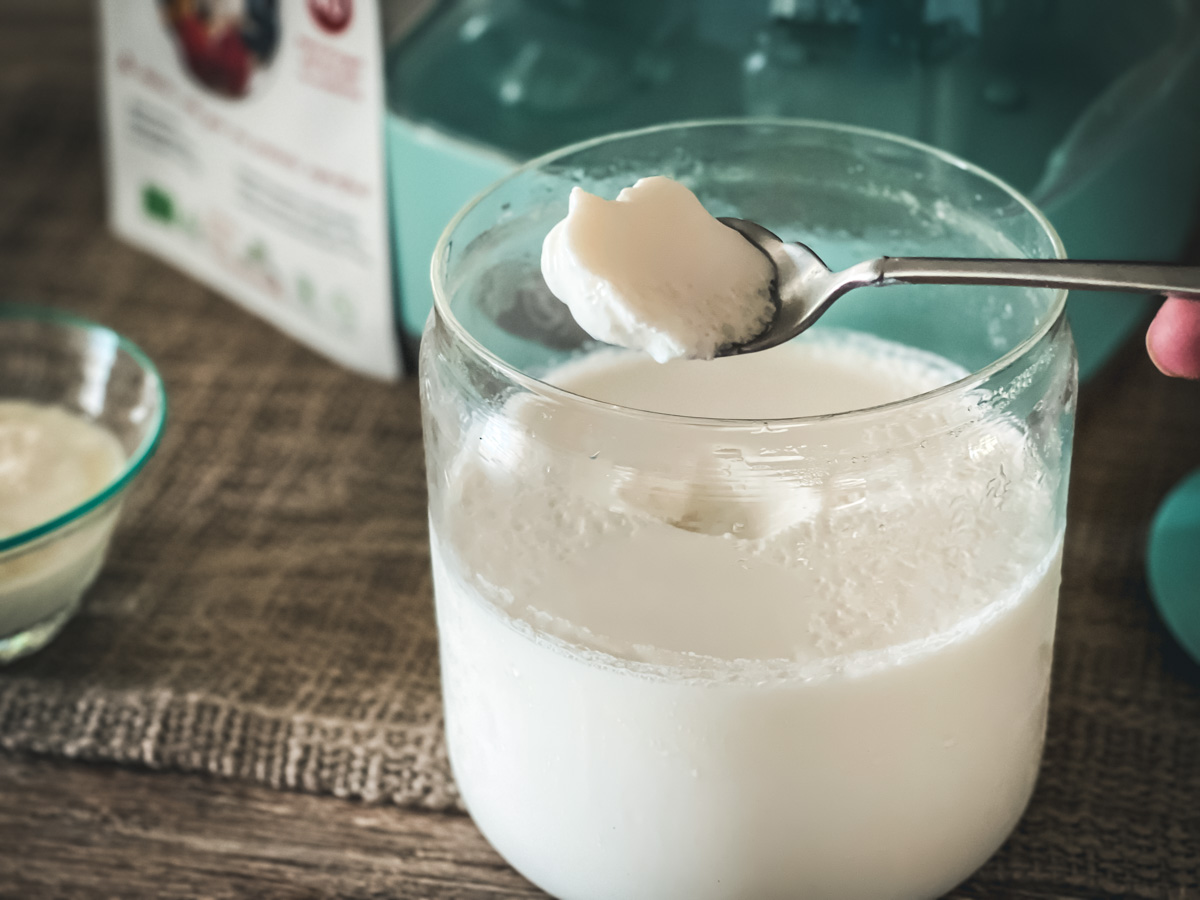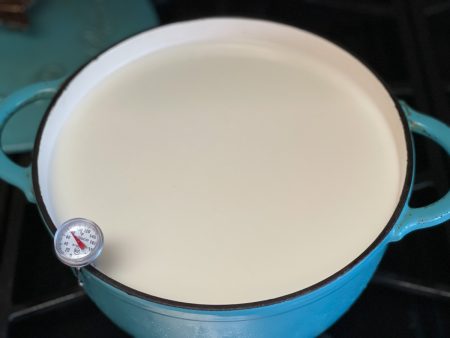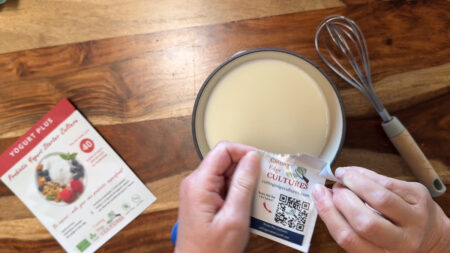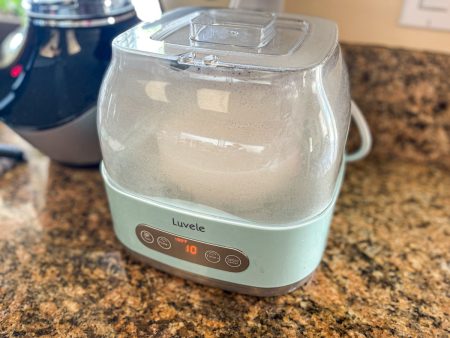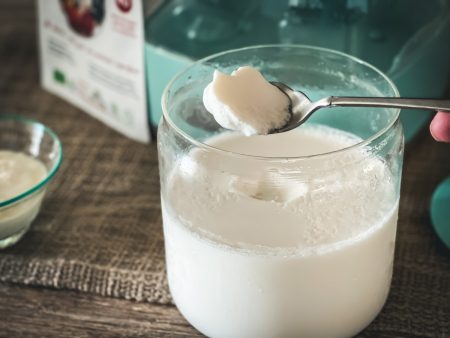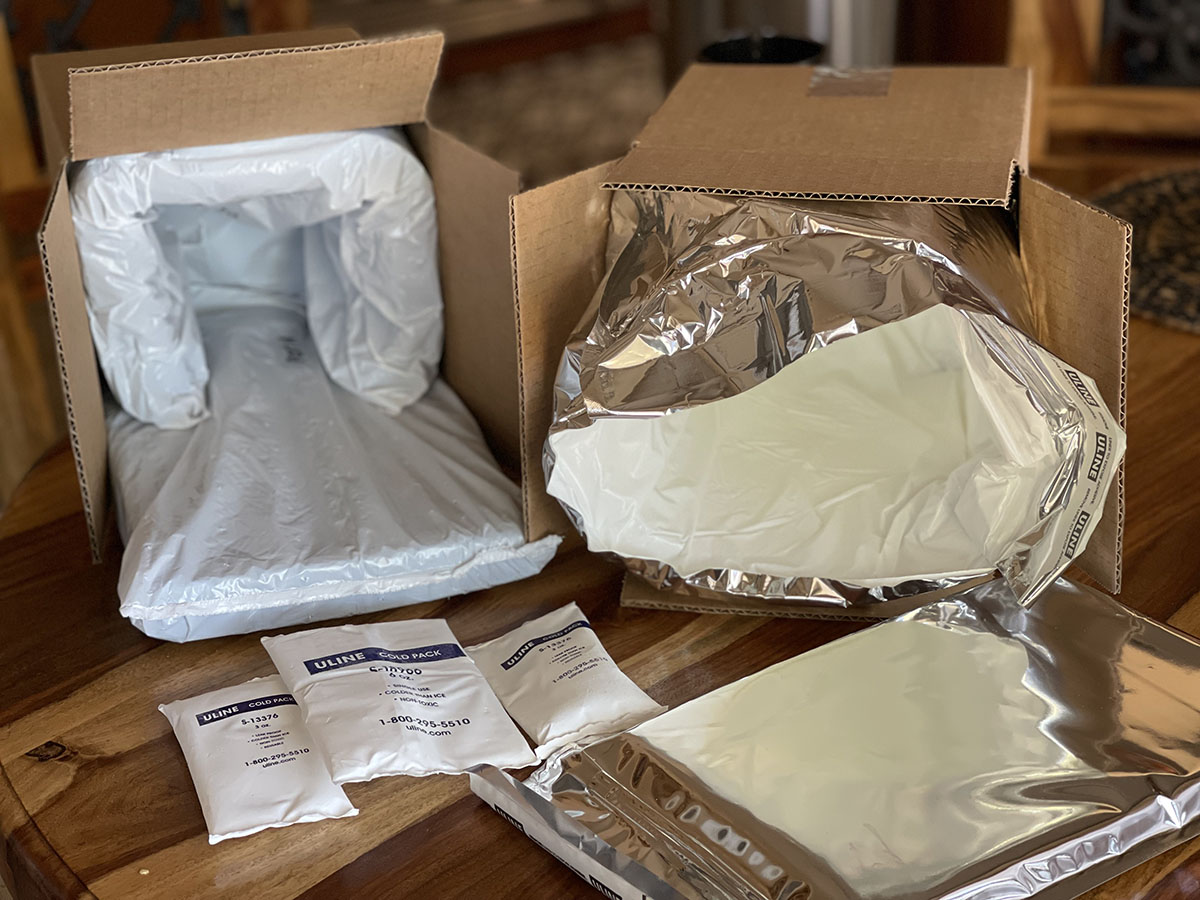Yogurt Plus
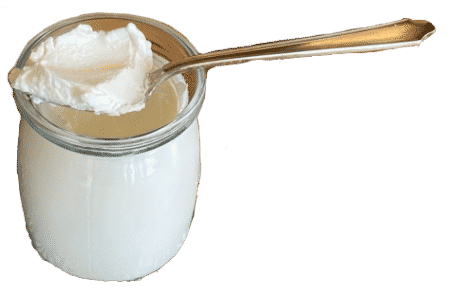 This yogurt is fun and easy to make, and a small portion of each batch can be used to make additional batches.ABOUT MILK TO USE: If the milk is ultra-pasteurized, you only need to pre-heat it to 100-110℉. If it isn't ultra-pasteurized, you need to pre-heat it to 180° F for 10 minutes, then let it cool back down to 100° F before adding the culture. Ultra-pasteurization denatures the lacto globulin and allows for a thick curd. TEMPERATURE: Check your yogurt maker to ensure the temperature can be accurately set to 110° F. Sometimes, these yogurt makers can get too hot. You can always check it with a thermometer to make sure it is accurate but also make sure the thermometer you are using is accurate. Calibrate and check your thermometer for accuracy See note below*
This yogurt is fun and easy to make, and a small portion of each batch can be used to make additional batches.ABOUT MILK TO USE: If the milk is ultra-pasteurized, you only need to pre-heat it to 100-110℉. If it isn't ultra-pasteurized, you need to pre-heat it to 180° F for 10 minutes, then let it cool back down to 100° F before adding the culture. Ultra-pasteurization denatures the lacto globulin and allows for a thick curd. TEMPERATURE: Check your yogurt maker to ensure the temperature can be accurately set to 110° F. Sometimes, these yogurt makers can get too hot. You can always check it with a thermometer to make sure it is accurate but also make sure the thermometer you are using is accurate. Calibrate and check your thermometer for accuracy See note below*Watch The Video
Equipment
- Luvele Yogurt Maker or an Instapot with yogurt setting or a Sous Vide device will work too
Ingredients
- 32-42 ounces milk – full fat, 2% or fat-free (ultra-pasteurized is best)
- 1 sachet Yogurt Plus Starter – or 2 tablespoons of a previously made yogurt
Every ingredient with a link was selected by me to make it easier for you. I may receive a small affiliate commission if you buy something through my links. Thank you! ❤️
Instructions
Reculturing
- To make a new batch, repeat these instructions except use 2 tablespoons to 1/4 cup of your finished yogurt as your starter culture (instead of a packet).
Notes
 Even if the activation batch doesn’t set as well as you like, use it to reculture your next batch with 1/4 cup per quart. Once you get good results, you can also make bigger batches. You can use a Sous vide device or an Instant Pot with a yogurt setting to make bigger batches easily.
Even if the activation batch doesn’t set as well as you like, use it to reculture your next batch with 1/4 cup per quart. Once you get good results, you can also make bigger batches. You can use a Sous vide device or an Instant Pot with a yogurt setting to make bigger batches easily.


